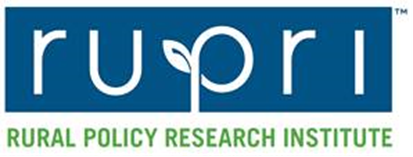A Research & Policy Brief is available from the Rural Telehealth Research Center.
To address the many challenges in treating behavioral health in rural areas, the Federal Office of Rural Health Policy (FORHP) in the Health Resources and Services Administration (HRSA) established the Evidence-Based Tele-Behavioral Health Network Program (EB THNP) in 2018, funding 14 grantees, and the Substance Abuse Treatment Telehealth Network Grant Program (SAT TNGP) in 2017, funding 3 grantees. Concurrently, the Rural Telehealth Research Center (RTRC) worked cooperatively with FORHP to establish data collection protocols and tools on a set of measures that could be used for a cross-grantee evaluation of behavioral health services over their funding periods. This brief details multi-project work to identify the standardized set of measures appropriate to behavioral health, create an Excel-based tool – termed the Behavioral-Telehealth Evidence Collection (B-TEC) Tool- and begin to systematically collect data from the grantees.
Please click here to read the brief.


